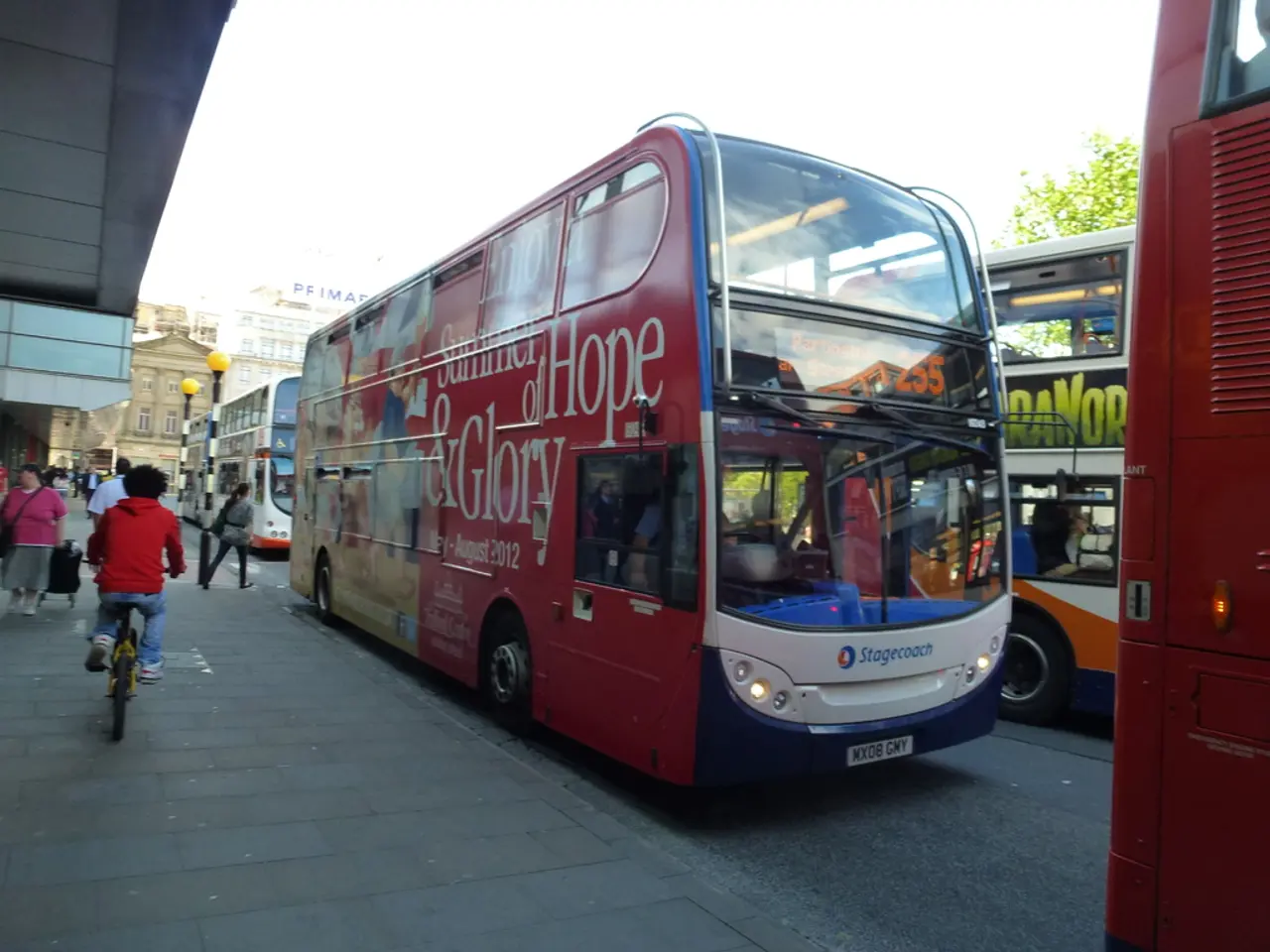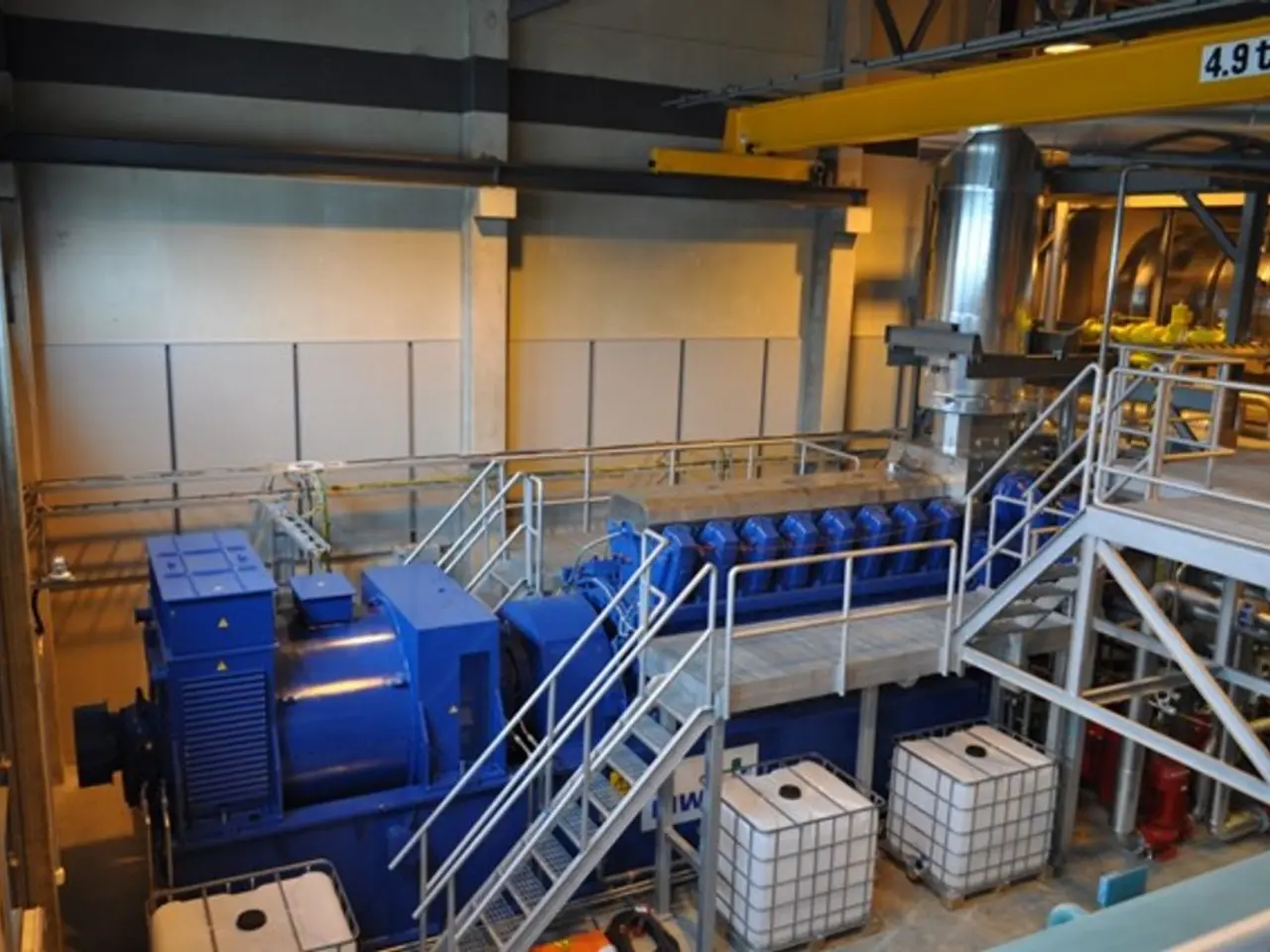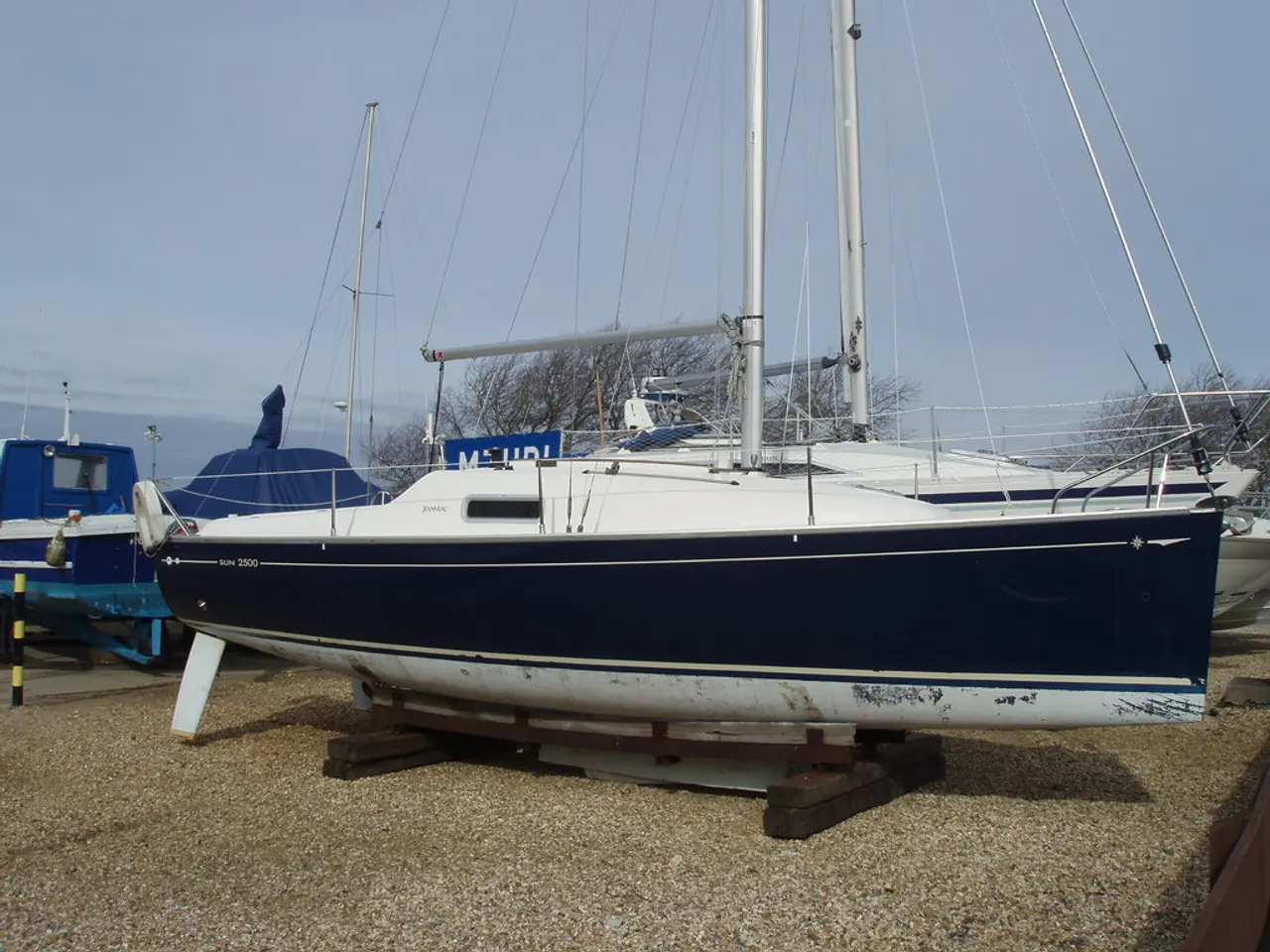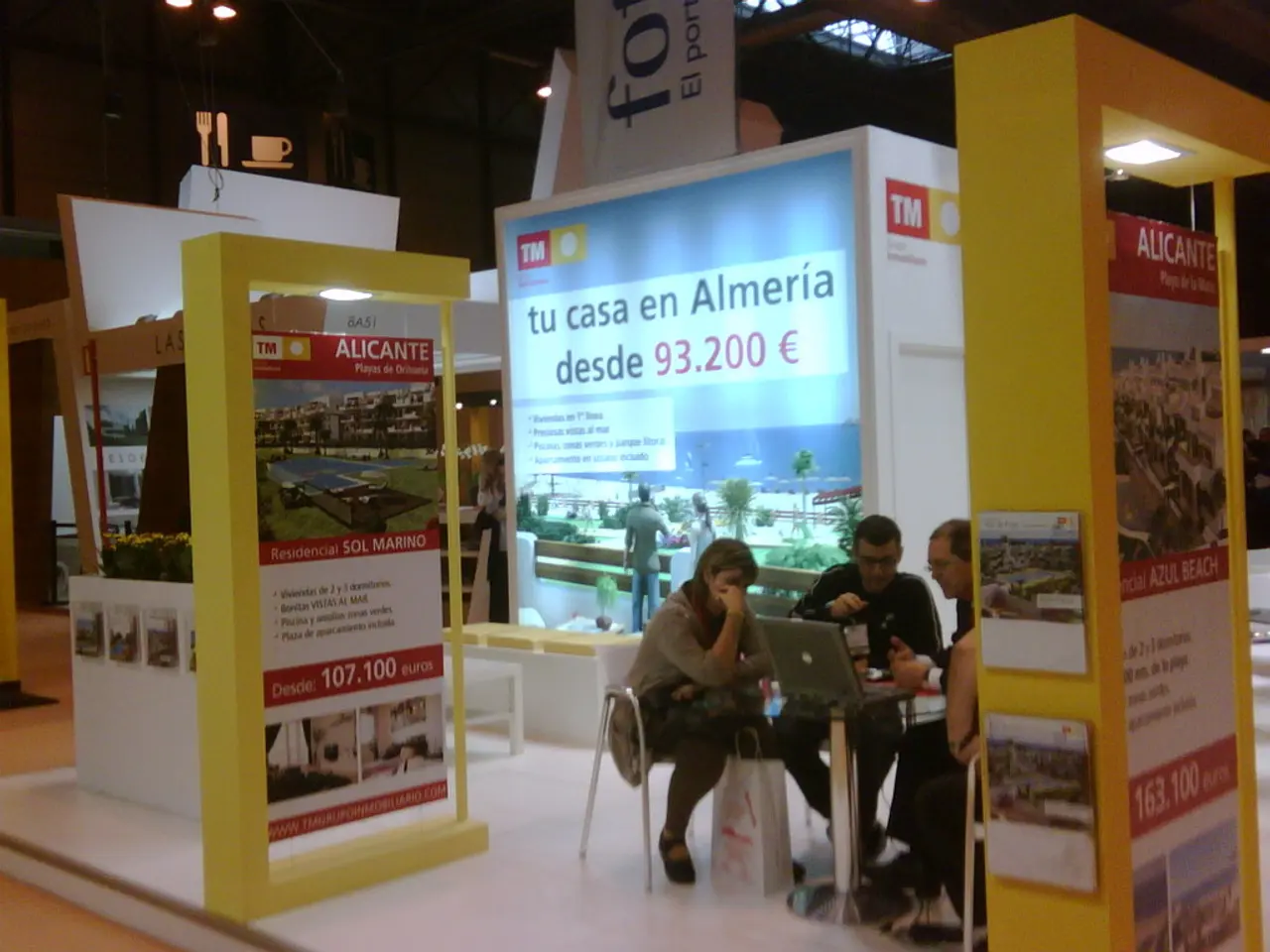Analysis Reveals Preferred Mobility Methods in Dusseldorf's Districts as Per IHK Study
In a bid to promote sustainable and needs-based mobility in Düsseldorf, the Industry and Commerce Chamber of Düsseldorf (IHK) has analyzed 21 district centers within the city [1]. The study, which focuses on encouraging walking, cycling, public transport, and low-emission vehicles, aims to foster fact-based discussions on transport policy [2].
The IHK's tailored mobility concepts are designed to cater to each district's unique characteristics. For instance, central locations such as the Old Town, Schadowstraße, or the Japan Quarter may benefit from enhanced public transportation with more frequent schedules, optimized route planning, and extended operating hours [3]. In contrast, cycling-friendly areas like Bilk, Friedrichstadt, or Düsseldorf's city center require continuous, safe bike lanes and modern parking facilities [3].
The study reveals that mobility needs differ greatly between neighborhoods. For example, in Kaiserswerth, car users dominate, while public transport is dominant on Schadowstraße, and pedestrians prevail in Unterbilk [4]. The data shows a need for tailored mobility concepts for each individual center [5].
The IHK's analysis used movement data from mobile phones and apps in the year 2023. The city center was divided into four areas: Old Town, Königsallee, Schadowstraße, and Japan Quarter [6]. The study found that around 440,000 people visit the 21 district centers on an average workday [7]. In Schadowstraße, only about 11% of visitors use bicycles [8].
The IHK's recommendations also extend to specific areas. For instance, in Schadowstraße, the Chamber suggests removing the bike lane, while in districts like Benrath or Kaiserswerth, where the car is the preferred mode of transport, the IHK suggests maintaining parking spaces [9].
The catchment areas of the centers are very diverse, many extending far beyond the district and attracting visitors from other districts or the surrounding area [5]. The IHK provides decision-makers with a solid basis for urban development based on the study results [3].
Detailed analyses for all examined district centers can be found on the IHK Düsseldorf's website [10]. Marion Hörsken, business support manager at IHK Düsseldorf, explains that the study aims to contribute to a more sustainable, flexible, and district-specific mobility planning supported by digital monitoring and community participation [2].
Sources:
- IHK Düsseldorf
- IHK Düsseldorf - Press Release
- IHK Düsseldorf - Mobility Concepts
- IHK Düsseldorf - District Analysis
- IHK Düsseldorf - Study Findings
- IHK Düsseldorf - City Center Divisions
- IHK Düsseldorf - Visitor Numbers
- IHK Düsseldorf - Transport Choices
- IHK Düsseldorf - Recommendations
- IHK Düsseldorf - Detailed Analysis
Sports facilities could be integrated into the mobility concepts of district centers like the Old Town, Schadowstraße, or the Japan Quarter, which have optimized public transportation and extended operating hours [3]. In cycling-friendly areas such as Bilk, Friedrichstadt, or Düsseldorf's city center, sports facilities could complement the continuous, safe bike lanes and modern parking facilities [3].







